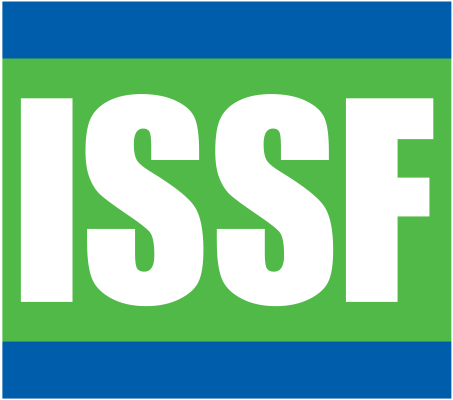Document: ISSF 2011-06: Managing Fishing Capacity in International Fisheries. Approaches and Practices in RFMOs. Aug 2011
This paper reviews and summarizes the approaches and practices of five tuna regional fisheries management organizations (RFMOs) in managing fishing capacity. The RFMOs included in the analysis are the Inter-American Tropical Tuna Commission (IATTC), the International Commission for the Conservation of Atlantic Tunas (ICCAT), the Indian Ocean Tuna Commission (IOTC), the Commission for the Conservation of Southern Bluefin Tuna (CCSBT), and the Western and Central Pacific Fisheries Commission (WCPFC).
The subject matter is addressed in six parts. The first part addresses some general concepts of fishing capacity that are relevant for the substantive analysis that follows. It summarizes States’ obligations regarding management of fishing capacity in international and regional legal frameworks, and the commitments of the five tuna RFMOs adopted during the joint meetings held in Kobe, Japan (2007), Santander, Spain (2009), and La Jolla, USA (2011), and during the International Workshop on Fishing Capacity in Brisbane, Australia (2010). It also addresses the meaning of fishing capacity, the extent to which the selected tuna RFMOs have developed their own definitions of capacity, and the measures to manage fishing capacity that have been included in this paper.
The second part summarizes the general approaches adopted by each tuna RFMO to address fishing capacity problems, as well as ongoing initiatives and efforts aimed at improving their performance in controlling and managing fishing capacity.
Part 3 addresses one particular tool to manage fishing capacity: records of vessels authorized to fish, or actively fishing, for tuna in the respective Convention Area (positive lists). In most cases this measure alone does not manage fishing capacity because it does not limit entry to the fishery. However, they are pertinent to this analysis because they are used as baseline information to assess and measure capacity; they are often used as a baseline for management reduction schemes; and they could evolve into limited entry regimes. The particular case of the IATTC Regional Vessel Register is also analyzed in this section.
Part 4 addresses the main measures adopted by each RFMO to address, directly or indirectly, fishing capacity. In particular, the part analyzes: vessel and gear restrictions; catch restrictions, TAC and allocations; and area closures. These measures are analyzed mostly in form of comparative tables, which highlight the similarities and differences in the approach taken by the different tuna RFMOs.
Part 5 addresses in particular the mechanisms used by the different RFMOs to accommodate the development of fishing capacity of developing States. Finally, part 6 describes measures adopted to prevent transfer of fishing capacity to other fisheries as a consequence of fishing capacity restrictions.
There are a number of issues that, although relevant for management of fishing capacity, are beyond the scope of this paper. They include: monitoring and compliance measures; measures regulating transhipment activities; measures to regulate joint-operations; fish farming regulations; national implementation of the measures adopted at the regional level; and efforts of RFMOs to obtain the cooperation of non-cooperating non-contracting parties in addressing fishing capacity problems for one or more species. The paper does not address assessment of fishing capacity or establishment of fishing capacity targets by RFMOs, either. Finally, the IATTC International Dolphin Conservation Program is not included in this paper.
The paper is based on the results of a desk-top study. The decisions of the RFMOs (resolutions, recommendation, and conservation and management measures) analyzed in this study are identified in Annex 1. It should be noted that the conservation and management measures considered for this study are mostly the last measures adopted by each RFMO, without considering their actual entry into force according to the respective provisions of the different Convention texts.
The conservation and management measures adopted by the RFMOs apply in all cases to member States and participating territories, members of extended commissions (in the case of CCSBT), and cooperating non-contracting parties. They are referred as CPCs throughout the text. As mentioned above, measures with respect to non-cooperating non-contracting parties are not included in this study (although a brief reference to new entrants is made in relation to allocation criteria).
Downloads: 746 | Views: 0
